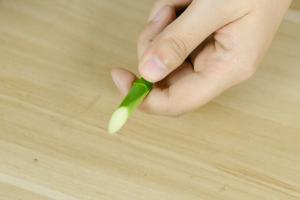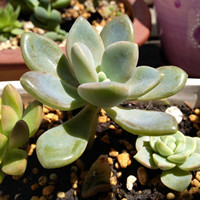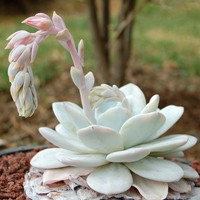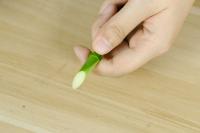How Many Lbs of Tomatoes per Plant in Hydroponics
Hydroponic gardening has gained immense popularity in recent years due to its efficiency, productivity, and sustainable characteristics. Hydroponic gardening involves growing plants in nutrient-rich water instead of traditional soil-based gardening. Tomatoes are one of the popular plants to grow hydroponically. However, the question is, how many lbs of tomatoes can a single hydroponic plant produce? Let's explore this in further detail.
Factors that Affect Tomato Yield in Hydroponics
Several factors affect the yield of tomato plants in hydroponics. These factors include plant varieties, nutrient solution, temperature, light, and growing technique. Plant varieties play a crucial role in determining the size and weight of tomatoes. Certain tomato varieties have a larger fruit size than others, resulting in higher yields. Nutrient solution is also essential for growing hydroponic tomatoes as it provides the necessary nutrients for plant growth. A balanced nutrient solution with the right amount of nitrogen, phosphorus, and potassium can significantly improve tomato yield. Temperature and light also affect the yield of hydroponic tomatoes as they influence plant growth and development. Lastly, growing techniques like pruning, trellising, and training also play a critical role in increasing tomato yield.
Tomato Yield per Hydroponic Plant
The yield of tomatoes per hydroponic plant depends on several factors as discussed earlier. However, on average, a single hydroponic tomato plant can yield between 10-15 lbs of tomatoes per harvest. The yield can vary based on the plant's variety, nutrient solution, and growing conditions. Some of the high-yielding varieties of tomato plants that are suitable for hydroponics include Beefsteak, Roma, and Cherry tomatoes.
How to Improve Tomato Yield in Hydroponics
The following are some ways to improve tomato yield in hydroponics:
Pruning: Pruning is an essential technique to improve tomato yield in hydroponics. It involves removing the suckers, which are small shoots that grow between the branch and the stem. Suckers usually produce flowers and fruits, consuming valuable nutrients that would otherwise be used for tomato growth. By pruning them, the plant redirects energy towards fruit production, resulting in higher yields.
Nutrient Solution: A balanced nutrient solution is crucial for growing hydroponic tomatoes. It should have the right amount of nitrogen, phosphorus, and potassium, along with other essential micronutrients. Nutrient deficiencies can lead to stunted growth and reduced yields.
Temperature and Light: The ideal temperature for growing hydroponic tomatoes is between 70-75°F during the day and 60-65°F at night. The plants also require 14-16 hours of light per day for optimal growth and yield.
Trellising and Training: Trellising and training involves supporting the tomato plants using stakes or cages. It helps keep the plants upright, improving air circulation and light penetration, resulting in higher yields.
Regular Maintenance: Regular maintenance like pruning, cleaning, and monitoring the nutrient solution's pH and EC levels can improve tomato yield in hydroponics. It also helps prevent diseases and pests that can affect plant growth and yield.
Conclusion
Hydroponic gardening is an excellent way to grow tomatoes with high yields and excellent quality. A single hydroponic tomato plant can yield between 10-15 lbs of tomatoes per harvest. By following the tips discussed above, you can improve tomato yield in hydroponics and enjoy fresh, delicious tomatoes throughout the year.

 how many times do yo...
how many times do yo... how many planted tre...
how many planted tre... how many pine trees ...
how many pine trees ... how many pecan trees...
how many pecan trees... how many plants comp...
how many plants comp... how many plants can ...
how many plants can ... how many plants and ...
how many plants and ... how many pepper plan...
how many pepper plan...

























